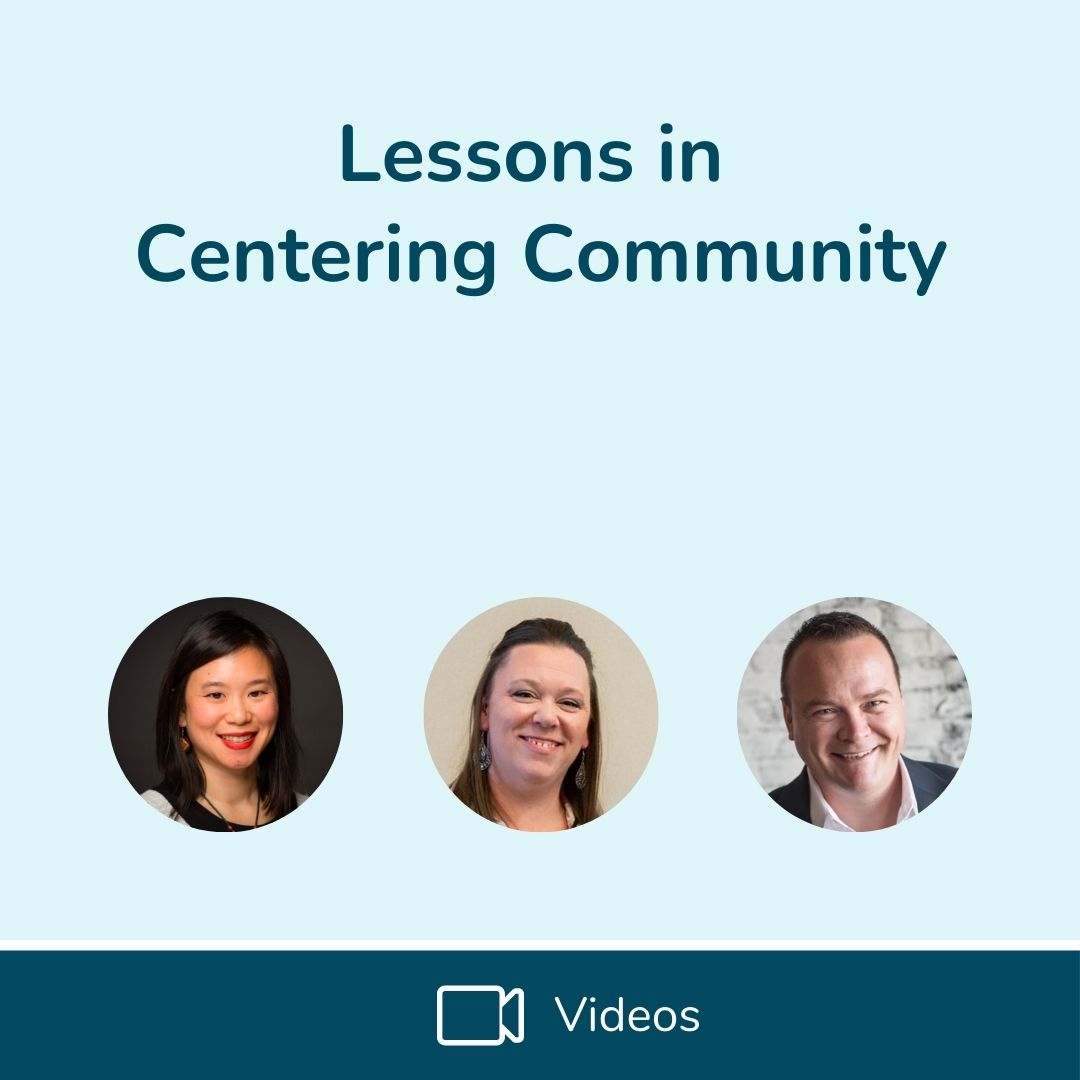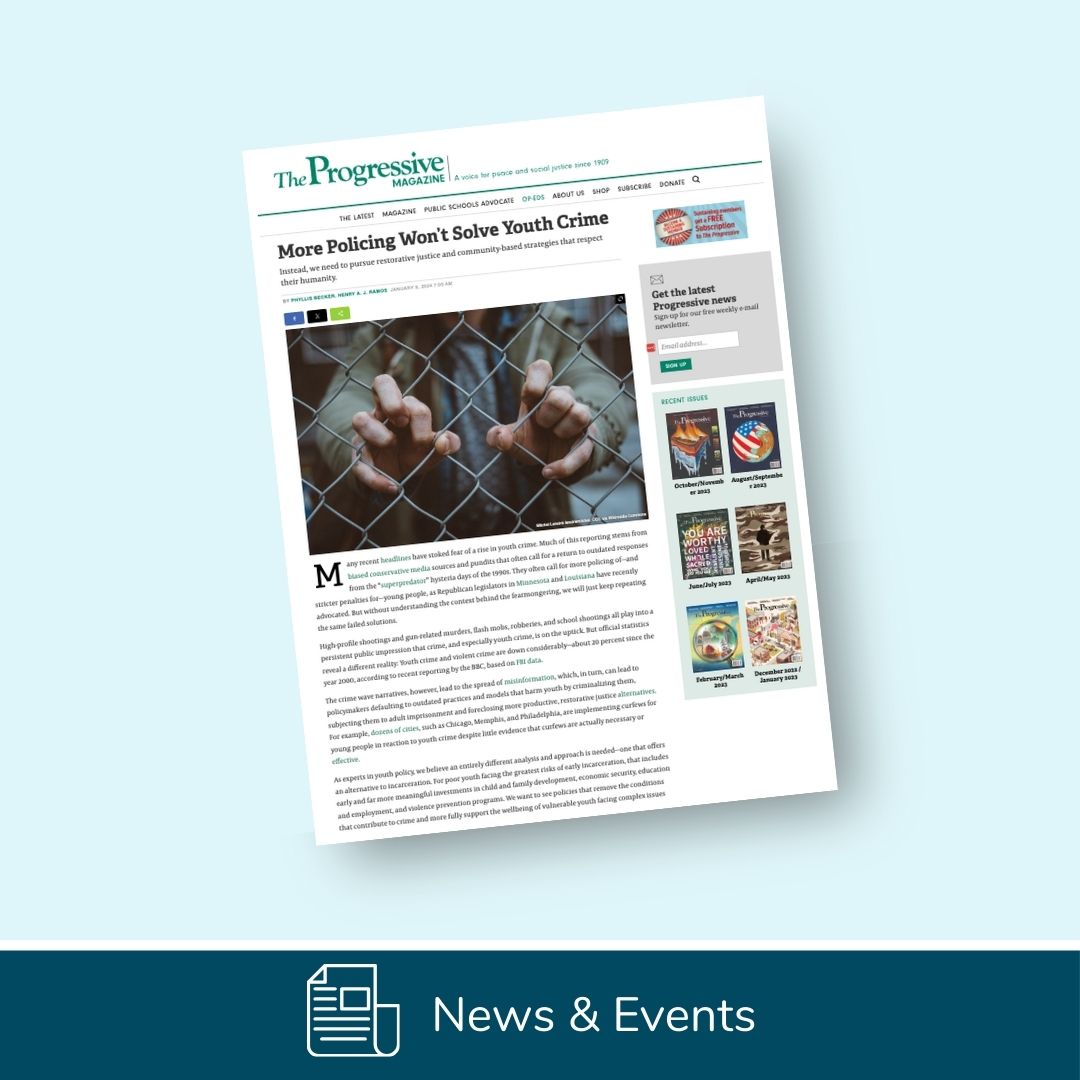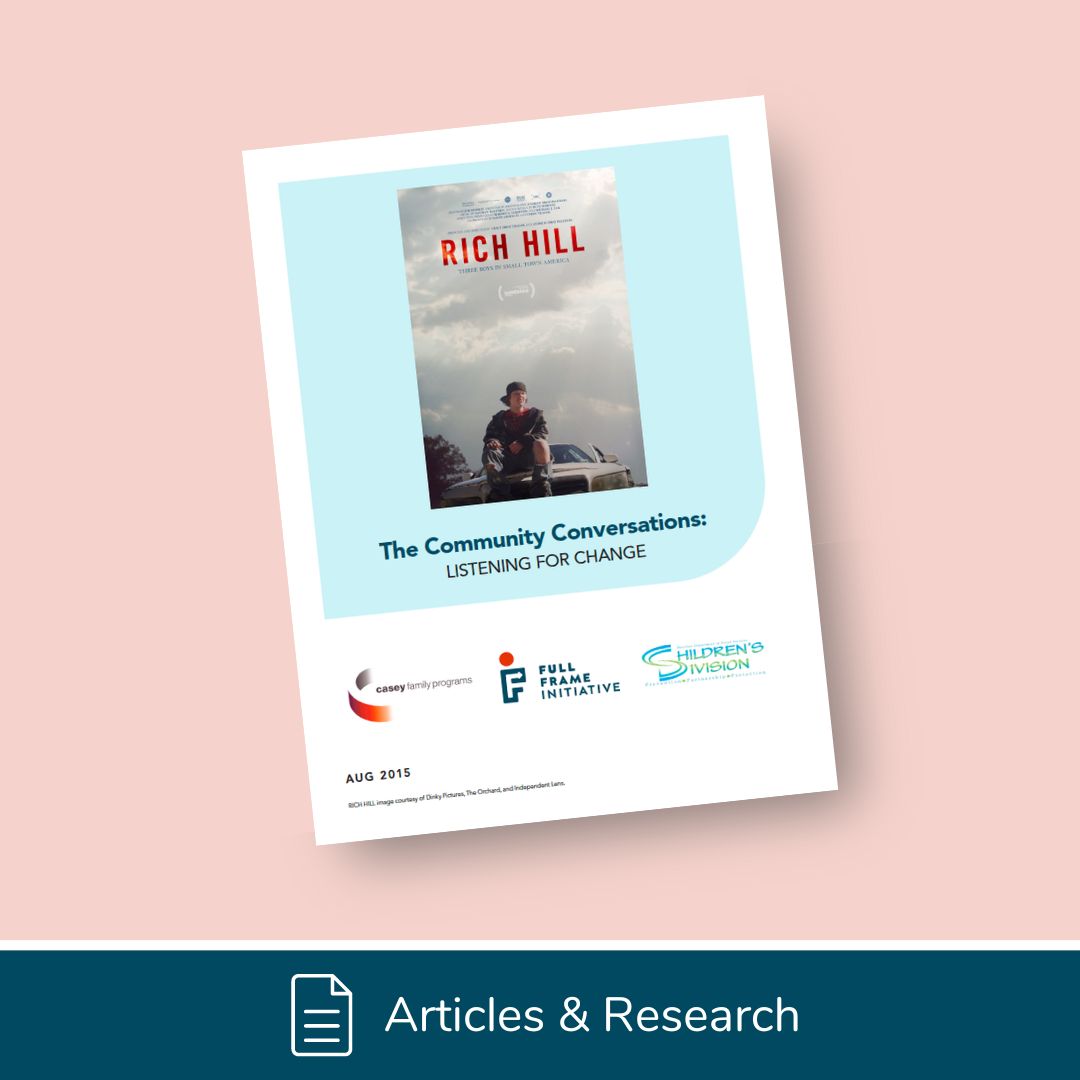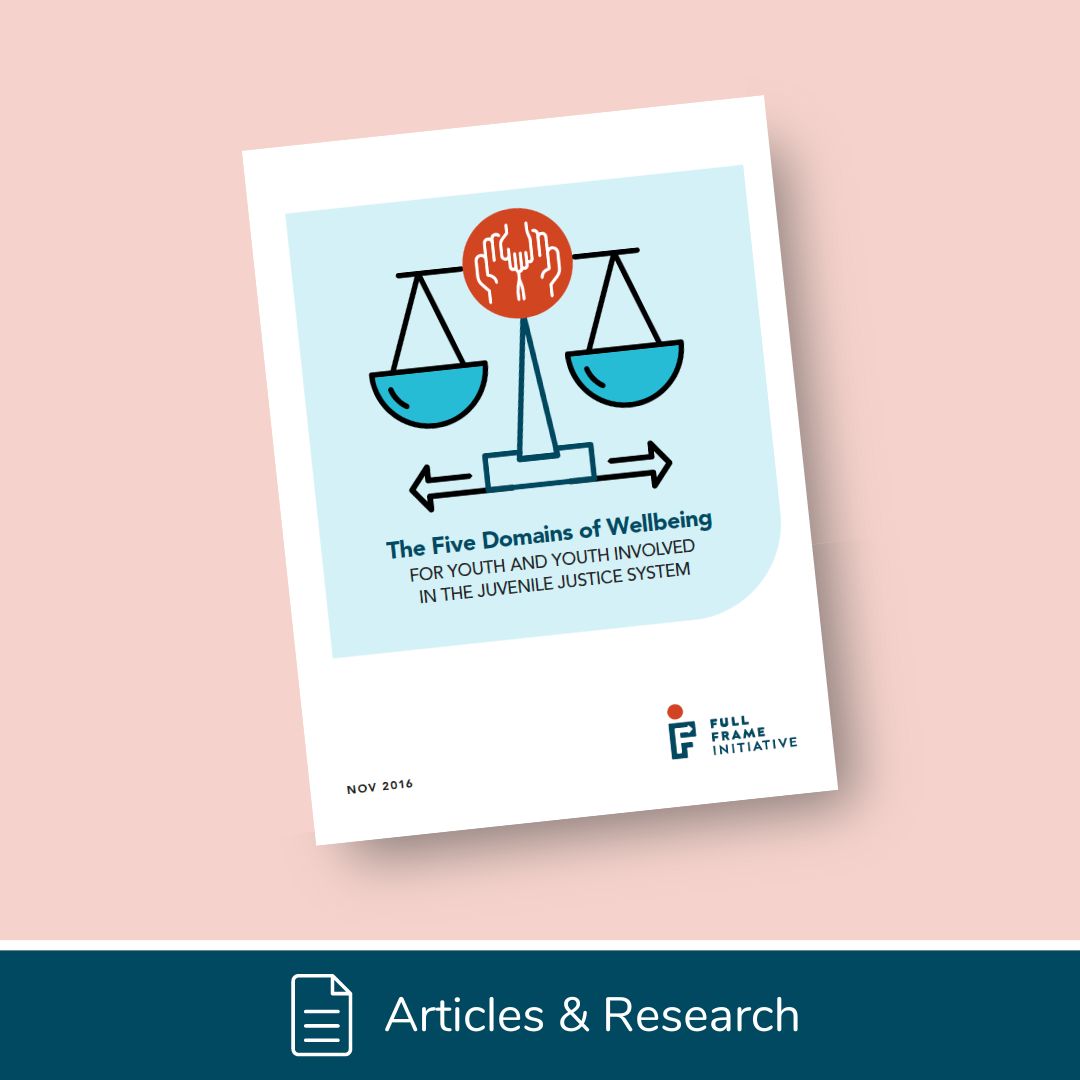Why is this work important to you?
Angela: This work is purposeful to me and it hits home because I have lived experience. I was a parent working with child welfare, my children were placed in foster care previously, and I had to work hand-in-hand with Child Protective Services in order to reunify with my family. Now I am a caseworker and I get to dedicate my work, my time and my efforts, to achieving for families what I got to achieve for myself. It definitely makes it more purposeful and impactful for me to do this kind of work.
What does it mean to shift towards centering community, because it’s not always the traditional way that systems operate?
Mike: Historically, our field of child welfare has relied on family separation as a method for achieving safety. To be frank, our history is not one of centering on communities. The voices of professionals, of judges, of providers, have always outweighed the perspectives of what families need. And so in this effort, in this journey that we’ve been on for two and a half years, centering community really means honoring families’ expertise, honoring their culture, honoring their experiences. It means building trust through transparent decision-making. It means meeting their true needs, versus giving them what we have. I think centering around communities means believing that families can heal, change and grow.
Angela: I agree with everything Mike had said. When you initially asked the question, my first thought was that I’m the author of my own story. I get to write the narrative, and utilizing that lived experience to say that I didn’t have child welfare step into my life to write the narrative for me. I knew what I needed. I knew the kind of work that was ahead of me. But I also needed the guidance and support and services of Child Protective Services, and whatever they could refer me to in order to help me get there. I really feel that the work that we do is centered around the families and their needs, not so much our policies and mandates, even though we have to balance that out in our work. But if we want to make a difference, we really need to center our approach around the families’ needs and let them be the authors of their own stories.
You shared that this process took about two and a half years; what was that experience like? What were the challenges and lessons learned?
Mike: So many good lessons learned. Angie, can you talk about what it was like when you first joined the group and came into a room where there were directors, workers and folks from across the country that were unfamiliar to you?
Angela: Absolutely, it was intimidating. At that point in time, my role within Child Protective Services in the Ohio Star Program was as a peer supporter. I was really viewed as like the lower man on the totem pole. I was coming into a room of individuals who were much higher up than me. I found myself asking the question of why am I here? And what can I bring to the table? The reality is, it’s that lived experience, not just as a parent who had experienced services from child welfare, but also as, at the time, a peer supporter, and then eventually a caseworker. The many hats and different perspectives definitely brought a lot to the table and we needed that.
We also needed the naysayers – we needed to be challenged in our ideas and our vision. Because in child welfare, we do have to weigh out the balances of those policies and mandates that really have driven our work over the decades. But PACT came about to change the way we do our work and what drives our work so that we can center our work on communities to focus on the families and their needs, partner with them, and encourage them to live better lives and have better outcomes.
Mike: Because we had the luxury of time, we got to be intentional about creating a diverse group of voices, nurturing psychological safety, and designing how we shared power, because there were inherent power differentials. Both in titles, as Angie mentioned, but also in experience. Typically, we defer to those in power, and creating and learning how to learn together to co-design wasn’t linear. From a lessons learned standpoint, there were times when culture changed when people were added or subtracted from the group. We added and grew momentum. I’m reminded of times where we had new folks come in, and we almost had to slow down and go back and nurture their own belief in this journey that we had been going on together.
Going back to the root of your question about centering around those who are most impacted by this model, it’s also pretty rare to have frontline workers designing solutions for how they deliver services. We were intentional about how this had to work in a major metro and urban environment with 700 employees and this also had to work in a rural community with six employees or frontline staff. There was one individual worker who regularly would just raise her hand and say, “Yeah, we can’t do that in rural communities.” So what does this mean? If we say we want to walk the equity walk, then how do we make this equitable for small communities that don’t have the same level of resources.
A lot of focus was on power sharing and building the confidence of those who previously weren’t invited into spaces. I think when folks historically have been marginalized and ignored, we can’t count on the first few things out of their mouth to necessarily be within context. So giving people the space to grow into their voice was another key lesson learned.
How did you ensure that real power sharing was taking place? What made that possible for people to share power and for there to be the space for people to speak up and be involved in a full way?
Mike: What a wonderful question to reflect on. I remember early on we kept hearing the words “competent” and “compliant.” That they wanted this model to just create competent people. And “competent” is like a moment in time, that somehow you didn’t know how to do it and now you know how to do it. This work requires an environment of constant learning. Angie, do you remember how we shifted from the focus on compliance and competence toward hope and belief and values-driven work?
Angela: I think for me a big shift was recognizing and understanding that every perspective at the table contributed something important to our vision. Because we’re not just talking about centering communities, we were also talking about values and practice and beliefs that really drive our work. We needed so many different dynamics and perspectives brought to the table. Because we needed that diverse population brought to the table, we valued exactly what was brought so that we could work on this and really find a purpose and vision and ideally create PACT in our work in that safe space. I remember there were moments that we’d have conversations, and it didn’t matter who was speaking, we gave them the safe space that they needed to be open, honest and share. And they were heard – that really made all of us feel safe in the process and valued.
Mike: It wasn’t one thing, it was 1,000 things and then it was another, and then it’s going to be another 1,000 after that. People needed safety, psychological safety and even relational safety. This safety is built through predictable, repeatable experiences. We tried to create that space where we were listening, but also where we were purpose-driven.
How did you feel that it was safe to speak up? What were the signals?
Angela: I felt it when I realized that everybody in the room was there for the same purpose. When I understood and felt that everybody in the room had this vision, and we all wanted to bring it to life. We were all trying to figure out how to do it together. That’s really when I started to feel safe and started to be able to say, okay, I am part of this, we’re all driving the same car in the same direction. That’s really when things had changed for me.
Could you talk a bit more about how your work supports community wellbeing?
Mike: Acknowledging the inherent strengths and abilities within families and within communities. I remember when we had so many of our values and statements written out as “parents,” “caregivers,” “children,” and “youth,” and I think it was a couple of folks also with lived experience, young adults who were in the care in foster care earlier in their lives, who said, “Why don’t we just call them families?” We use the term family in our field, but what we really mean is community because family is blood and non-blood. Family is the aunt down the street that watches the kids while Mom is at work or Dad’s at work, right? And so, building networks of strength and we often refer to them as forever and free because so much of our system relies on paid support. So centering on community means building forever and free relationships or free and forever relationships. The other way it supports community is keeping kids connected to their culture. It is so central to continuing their birthright of, “Who am I? Where did I come from? And where am I going?” And maintaining their connection to kin community and culture is central to this work that we’re doing.
Angela: I can relate because I am part of a community, and every family that I worked with is part of a community, and the work that I do with these families to ensure their success so that they can keep their children safe, and have healthier, happier outcomes for their kids, the parents and any of their community or familial supports has a positive impact on the community. So if I take myself, for example, I was a family involved with the child welfare system. Now, I’m the caseworker. Now I get to be an advocate for other families, but also be part of programs like PACT where we are making a difference, not just on an individual level, but a community level. It’s so much bigger than the families that we’re working with, because they are a part of the community, and they all have a part to play to contribute to our communities. Eventually a parent is going to be a part of their community and have a part to play. So we need to be there in order to help them be successful, have healthier, happier outcomes and provide them with whatever services that are necessary in order to help them get there.
What’s one piece of advice you can give people or would give people on a journey towards centering community?
Mike: My advice is to be prepared and to own that it is messier, it is complicated, and it is infinitely more effective. So you’ll get there – trust the process, but don’t expect it to be easy. Generational trauma, marginalizing of people struggling with poverty, with substance use disorder, with domestic violence. These families have strengths that have been untapped for a long time. When you go in and begin to truly listen, you’re going to hear some stuff you may not want to hear. But if you can hold true to why you believe this is important the outcome is going to be amazing.
Angela: A message that I would give is that hope is at the heart of our work. When we become involved on an individual or community level, we hope that our work plays an important part and leads to successful outcomes. Even when things are tough, don’t give up. I was personally one of those tough cases. It wasn’t my first round of being involved in child welfare and a lot of the time our work gets tough, it gets hard, but don’t give up and just continue to have hope. Because where there’s hope there’s definitely work and inspiration behind it.



